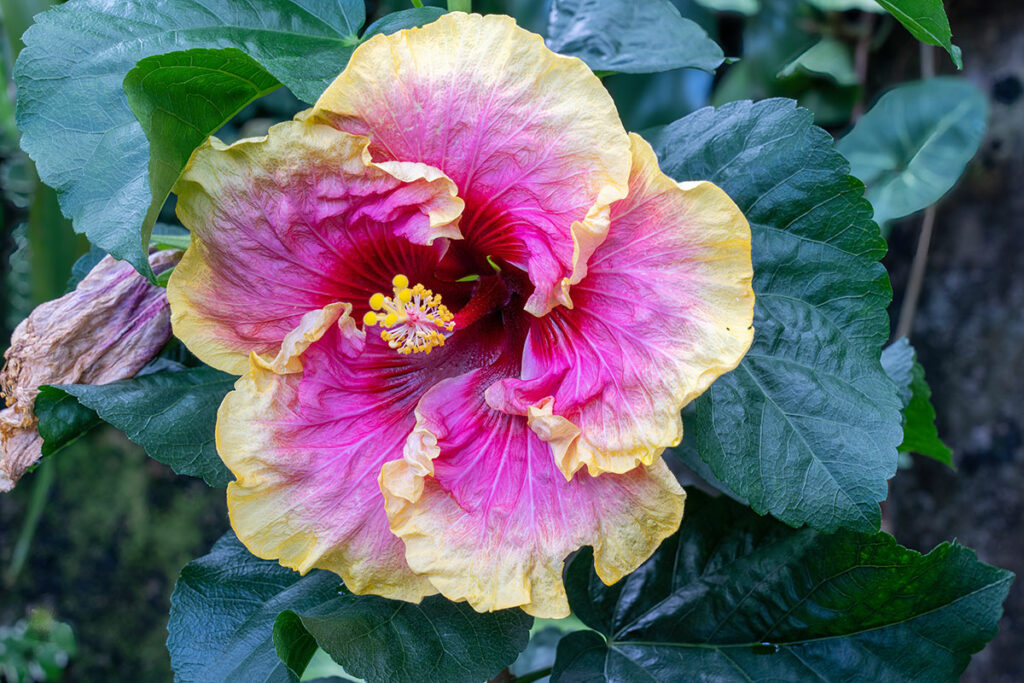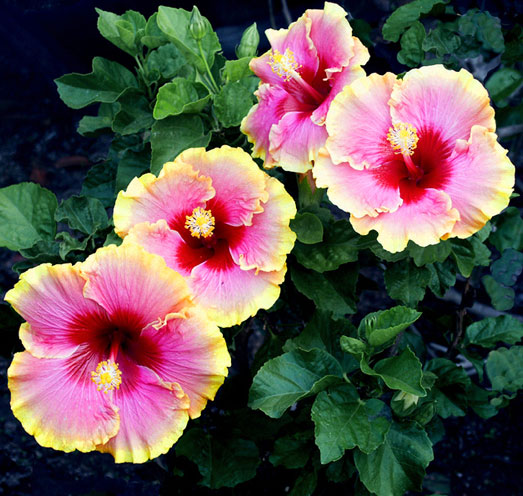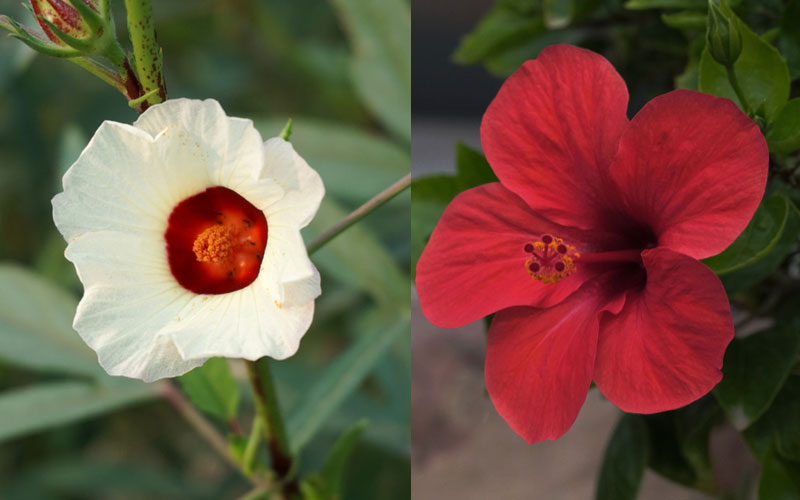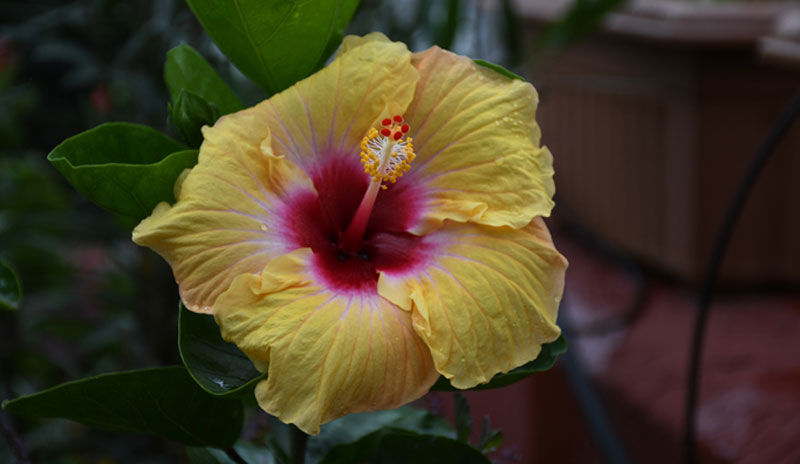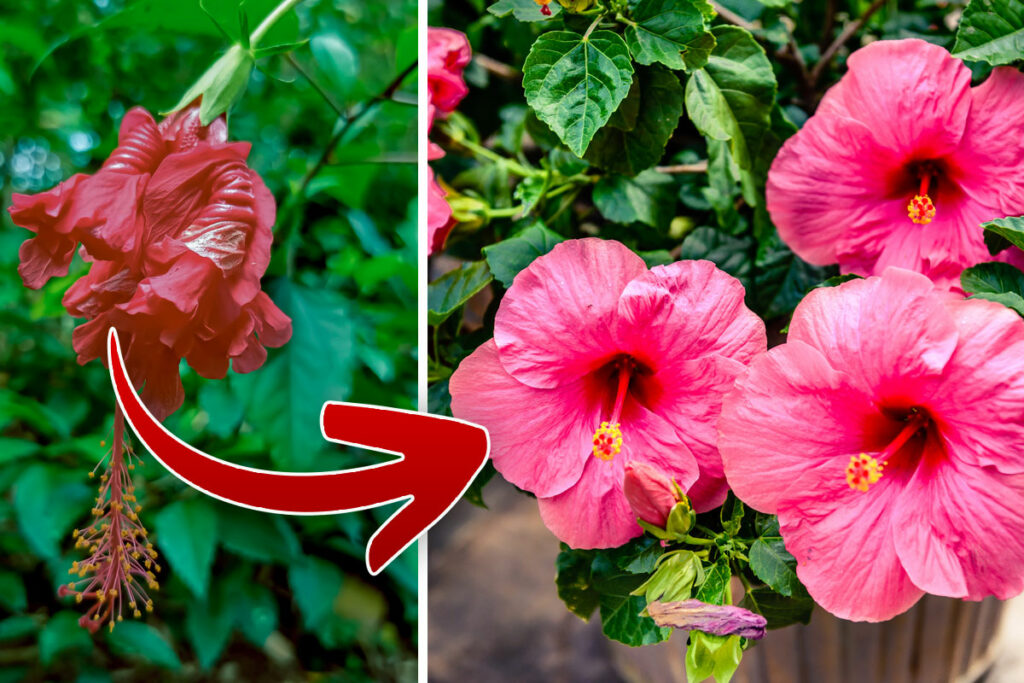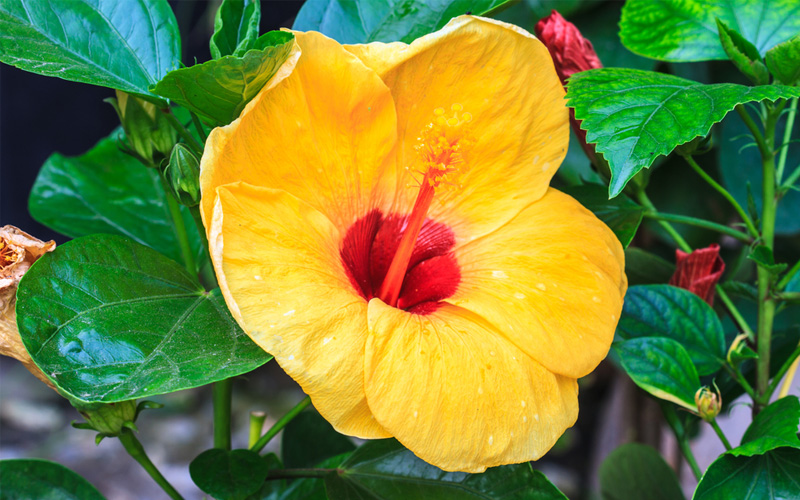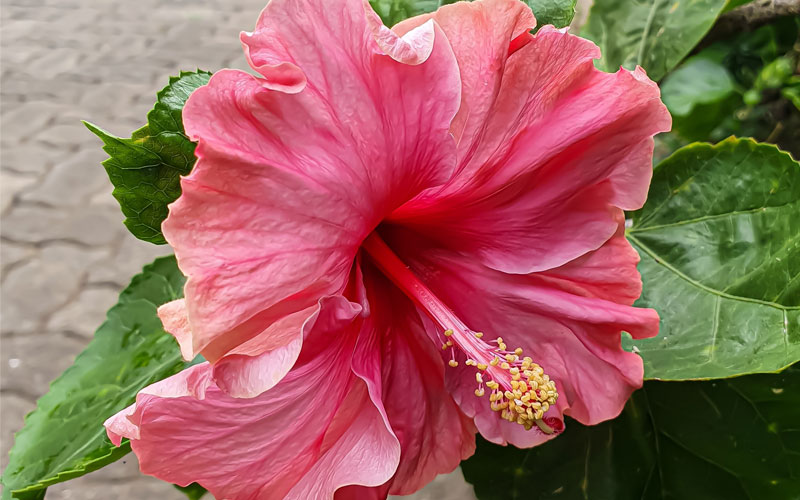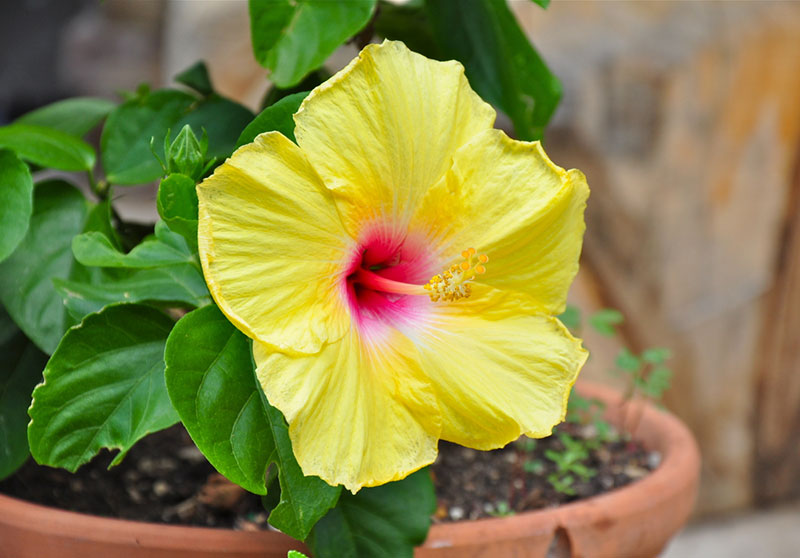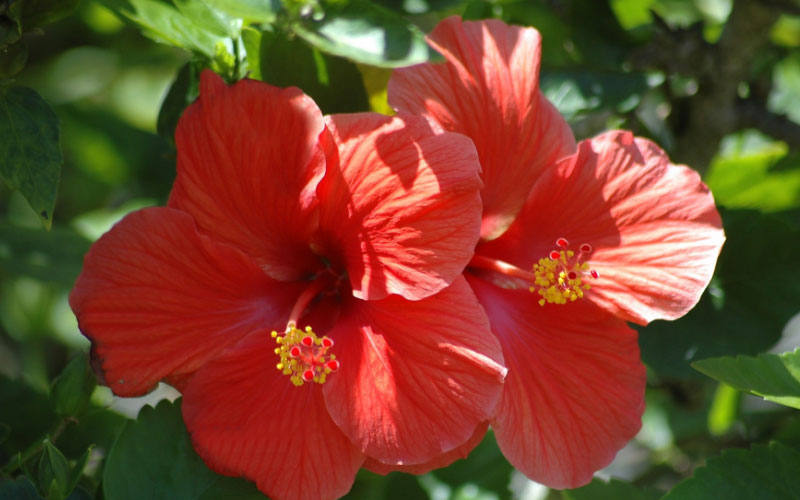
You may have a question concerning your beautiful flowering hibiscus and how to deadhead, which means to pick off the dead blooms by hand when the plant begins to show its withering flowers. Flowers that are part of the hibiscus family include rose of Sharon and the hollyhock as well as tropical hibiscus, so this information applies to these flowers as well. With a normal height of 12 to 18 inches, the hibiscus can grow as tall as 5 feet when it is not cut back. Plants that have lots of new buds, as well as healthy leaves, will bloom where the leaves branch near the top of the stem. The bloom can last from one to three days.
There is a consensus among gardeners that these blossoms should be removed, although there are some that question whether it is necessary. Deadheading does involve a bit of sleuthing and maybe some bending and stooping, but the result is worth it.
Here are some tips regarding deadheading of your hibiscus
It requires no tools
After grasping the stem of the flower behind the swollen base, pinch off the old bloom. If you want to use a tool, you can snip off the old bloom with a shears. You might have quite a number of old blooms to deal with, since hibiscus seems to flower in abundant flushes.
The appearance of the plant is improved
Although deadheading is not necessary to the gardening of hibiscus, it helps prevent reseeding. Plants are then encouraged to bloom again. You can also shear back the plant, a quicker method than pinching.
Shearing back the hibiscus along with deadheading
According to Clemson University, one-third of its height can be cut back from the hibiscus after the flowering of each flush finishes. This encourages a second flush of flowers. And horticulturalist Linda Naeve, from the University of Illinois Extension, advises cutting hardy hibiscus back to 1 foot when they reach 2 feet; this encourages more blooms. Cuts should be made above a leaf or bud to encourage branching. After deadheading, remove the trimmings from the bed. That way pests and diseases don’t have a chance to build a home there.
Should the pod be snipped off as well?
They can be left on after the flower has dropped. If you notice a seed pod starting to form, it should be snipped off. The plant usually knows the flower is no longer there.
Now that you know more about deadheading the hibiscus plant, you can decide whether to deadhead by pulling off the wilted blooms, whether to cut it back to encourage new blossoms or whether to just leave it alone to do its own thing. If you need more help on how to go about deadheading this magnificent tropical plant, visit eHow for more information. To learn more about the tropical hibiscus in general, visit the University of Illinois Extension website on this plant. It also mentions that you can plant hibiscus in containers, which will make deadheading just as simple as stepping out to the patio or deck and pinching off your dead blossoms.
Related Articles





